Yosemite National Park keeps pulling me back, year after year. There’s just something about those granite cliffs, the waterfalls roaring in spring, and those quiet meadows where you can breathe and just be.
Every time I visit, I stumble onto something new. Maybe it’s the light hitting Half Dome just right, or maybe it’s a side trail where I barely see another soul.
Here’s what I’ve learned: Yosemite shines brightest when you mix the classic, bucket-list sights with those quieter corners most people skip. The best trips blend spots like Tunnel View with hidden trails or peaceful lakeshores where you can actually hear the wind in the trees.
My top experiences range from heart-thumping overlooks to slow strolls through ancient groves. These moments are what keep Yosemite near the top of my list, every single time.
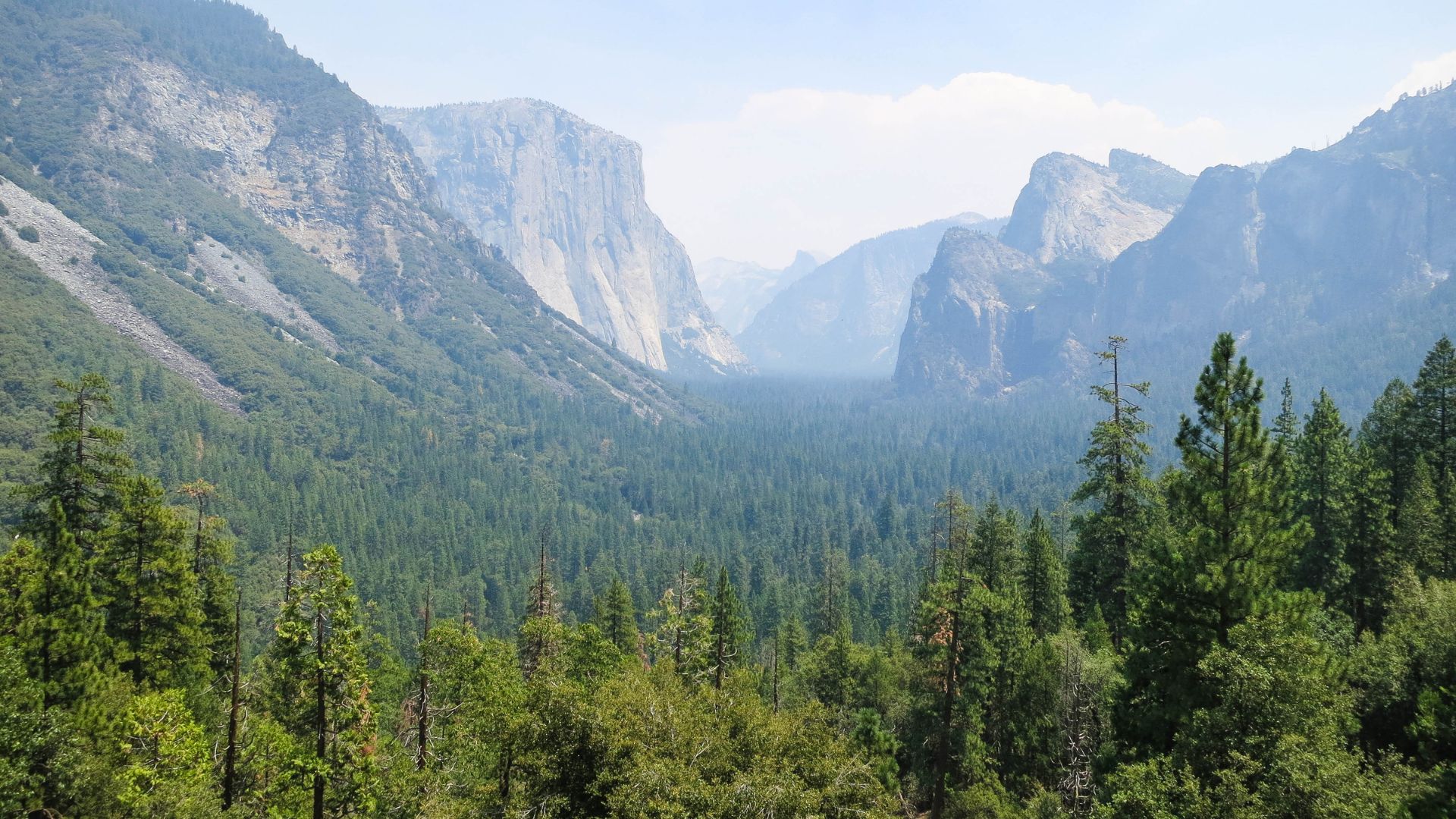
Discovering the Iconic Sights of Yosemite Valley
Yosemite Valley packs most of the park’s big names into just seven miles. Granite walls, waterfalls, and easy-to-reach viewpoints make this a photographer’s dream.
El Capitan and Half Dome Viewpoints
El Capitan towers 3,000 feet above the valley, and watching climbers inch up the wall in spring is honestly mesmerizing. I usually bring binoculars and just stand in El Capitan Meadow, craning my neck, trying to spot those tiny, colorful dots moving up the rock.
The meadow gives you a perfect, straight-on view of the cliff. If you’re into climbing, it’s kind of legendary.
Half Dome rises at the eastern end of the valley, and there are a few great spots to catch it:
- Swinging Bridge – You can get those classic reflection shots here.
- Glacier Point Road – For a higher-up perspective.
- Cook’s Meadow – An easy walk with valley floor views.
If you can, try to catch Half Dome during golden hour. That early morning light makes the granite glow.
Tunnel View, though, is the big one. You get El Capitan, Half Dome, and Bridalveil Fall all lined up in one epic frame.
Yosemite Falls and the Valley Loop Trail
Yosemite Falls drops a jaw-dropping 2,425 feet. If you visit between April and June, the snowmelt turns the falls into a thunderous spectacle.
The Lower Yosemite Fall Trail is an easy, paved mile that brings you right to the base. It’s doable for just about anyone and gets you close enough to feel the mist.
If you want a little more, the Valley Loop Trail links up all the major sights. The whole loop is 12 miles, but honestly, most of us just pick a segment or two.
| Trail Section | Distance | Highlights |
|---|---|---|
| Valley View to El Capitan Meadow | 2 miles | El Capitan views |
| El Capitan to Yosemite Falls | 1.5 miles | Base of falls |
| Yosemite Falls to Mirror Lake | 2 miles | Half Dome reflections |
You don’t have to walk the whole thing. I usually stick to a couple miles and call it good.
The trail stays mostly flat and connects with bridges and paved paths.
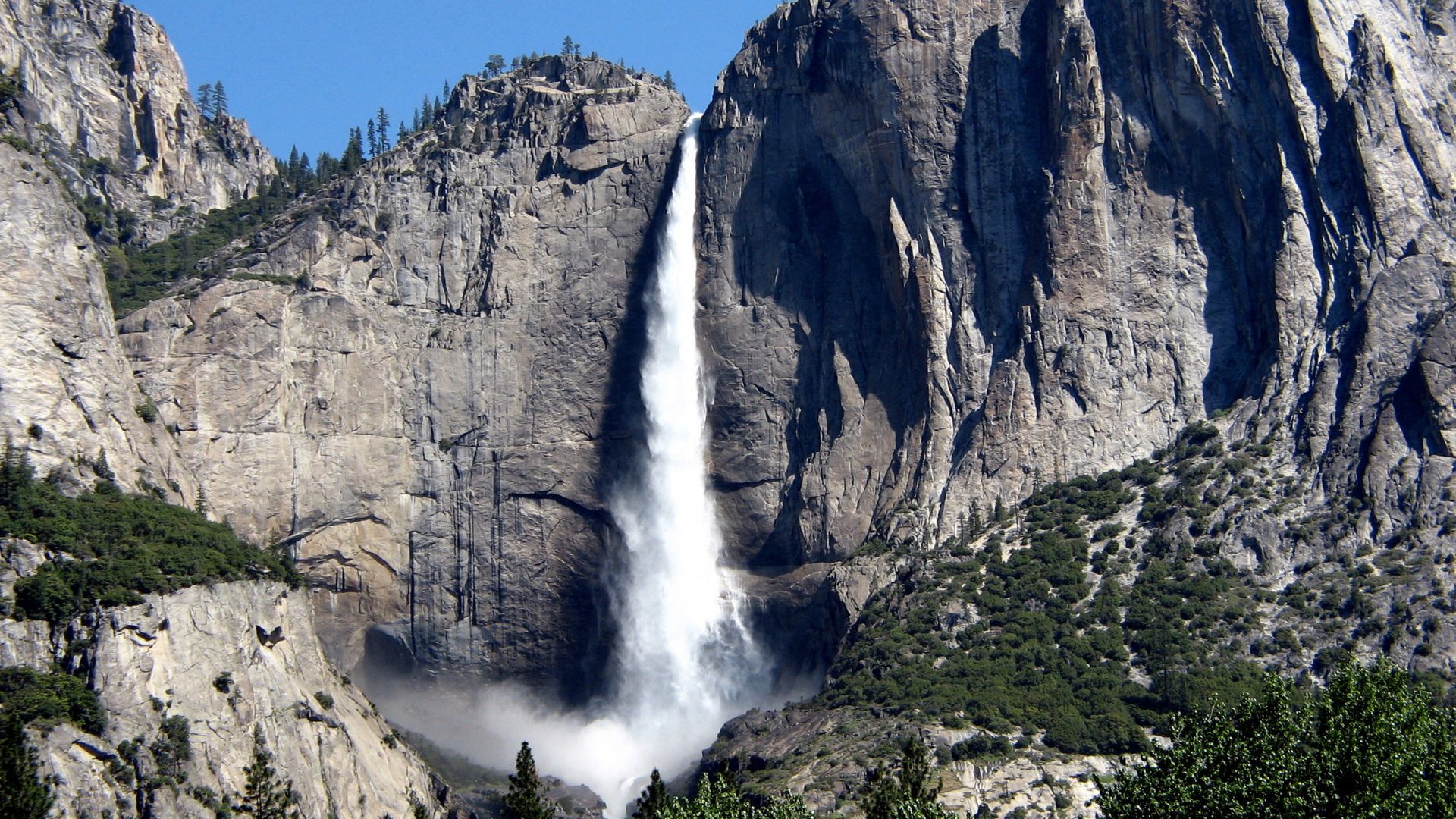
Photographic Inspiration: Ansel Adams Locations
Ansel Adams made Yosemite famous with his black-and-white photos, and you can still stand in his exact footsteps. I’ve tried to channel my inner Ansel at these spots.
Tunnel View is where he shot “Clearing Winter Storm.” If you set up at the stone wall, you’ll see what he saw: El Capitan, Bridalveil Fall, and Half Dome, all in one breathtaking sweep.
Valley View is better for morning light on El Capitan. Adams shot several photos here, right by the Merced River near the west entrance.
Glacier Point gave him that “Moon and Half Dome” shot. You’ll need a permit for the summit, but roadside pullouts still offer killer views.
The Merced River pops up in Adams’ work a lot. I like to walk near Swinging Bridge for those mirror-like reflection shots.
If you want that classic drama, aim for early morning or late afternoon. That’s when the park glows.
Breathtaking Vistas From High Overlooks
Yosemite’s high viewpoints are honestly hard to beat. The views up here are the kind that make you just stop and stare.
Glacier Point Panoramas
Glacier Point is, hands down, my favorite overlook in the park. You’re 3,214 feet above the valley, and the views take in Half Dome, the valley below, and the snowy High Sierra peaks.
The drive up winds through forests and granite, taking about an hour from the valley. Once you’re there, you get:
- Half Dome front and center
- Yosemite Valley spread out below
- Vernal and Nevada Falls off in the distance
- High Sierra peaks stretching forever
Sunset here is pure magic. The granite glows, the shadows stretch, and suddenly, the crowds don’t matter as much.
I usually try to arrive at least half an hour before sunset. It gets busy, but trust me, it’s worth it.

Sentinel Dome Summit
Sentinel Dome gives you a 360-degree view without the Glacier Point crowds. You’ll hike about 2.2 miles round trip from the Taft Point parking area.
The trail is mostly flat until the end, where you scramble up smooth granite. It’s not too tough, but you’ll want shoes with grip.
On top, you can see El Capitan, Half Dome, Yosemite Falls, and the valley in every direction. Some days, I just sit up there and take it all in.
If it’s wet, skip the final scramble—the granite gets slick.
Tunnel View Experience
Tunnel View is the postcard shot. You pull off Highway 41 right after the Wawona Tunnel, walk a couple steps, and bam—there’s El Capitan, Bridalveil Fall, and Half Dome all together.
- El Capitan looms on the left
- Bridalveil Fall tumbles down the right
- Half Dome peeks through in the distance
- Zero hiking required
Spring is ideal, since Bridalveil Fall is at full blast. By late summer, it slows to a trickle.
I come back here every trip. The light shifts, the mood changes, and it never gets old.
If you hate crowds, try sunrise or late afternoon. You’ll get better photos and a bit more peace.
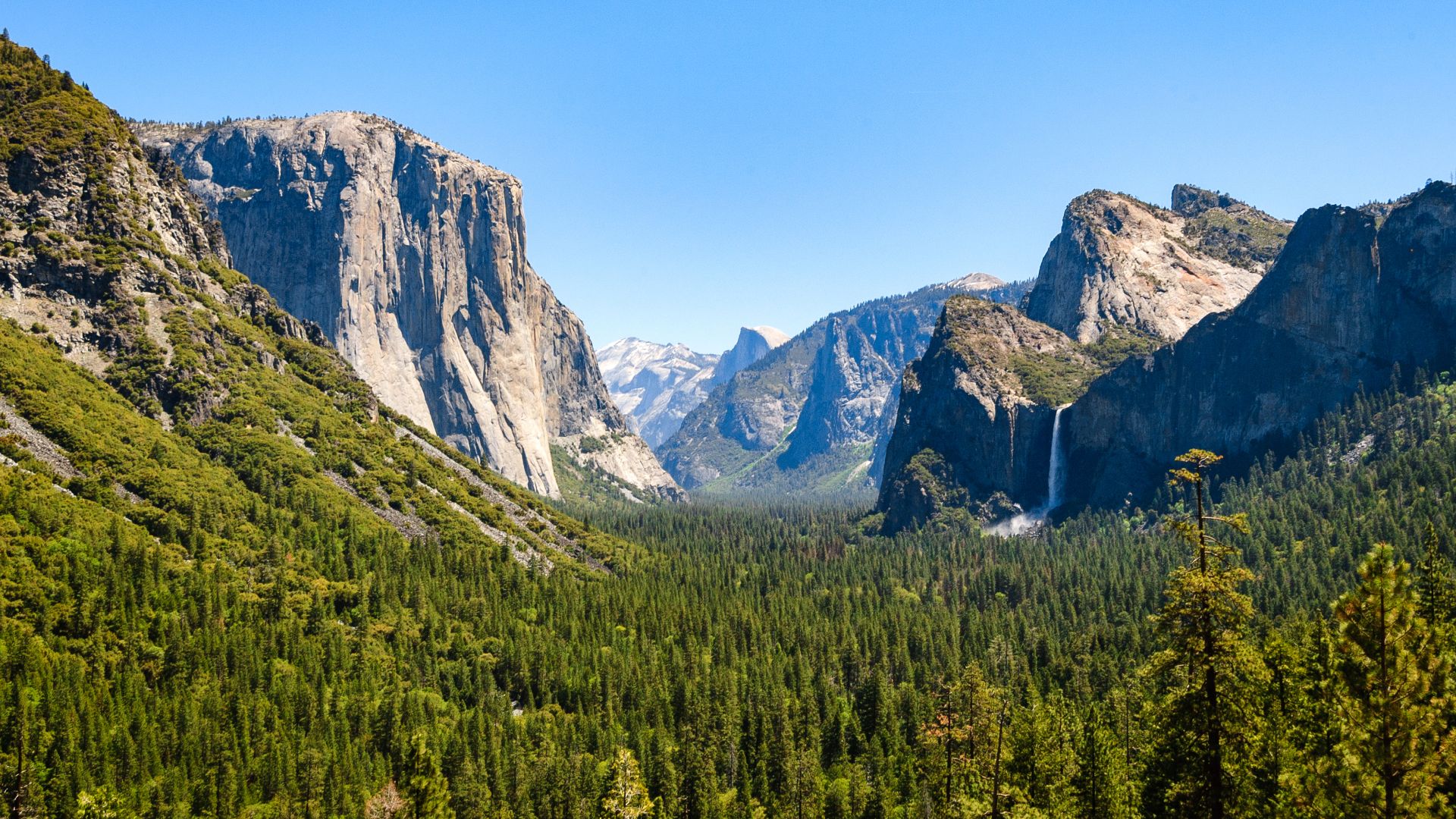
Waterfall Adventures and Misty Trails
The Mist Trail is famous for a reason. You get right up next to roaring waterfalls, and the granite steps feel like something out of an adventure movie.
Bridalveil Fall, on the other hand, is a quick, easy walk that anyone can enjoy.
Mist Trail to Vernal and Nevada Falls
If you only do one hike, make it the Mist Trail. The path follows the Merced River, crossing footbridges and climbing toward Vernal Fall.
Halfway up, you get so close to the water that the mist soaks you—rainbows everywhere if the sun’s out. I’ve never seen kids (or adults) so excited.
Trail Basics:
- Distance: 2.4 miles to Vernal Fall
- Elevation Gain: 1,000 feet
- Time: About 3 hours
- Difficulty: Strenuous
The stone steps get slippery, so bring a rain jacket in spring. April and May are especially soggy.
Start early to beat the crowds. If the main lot is full, grab the shuttle to Happy Isles Trailhead.
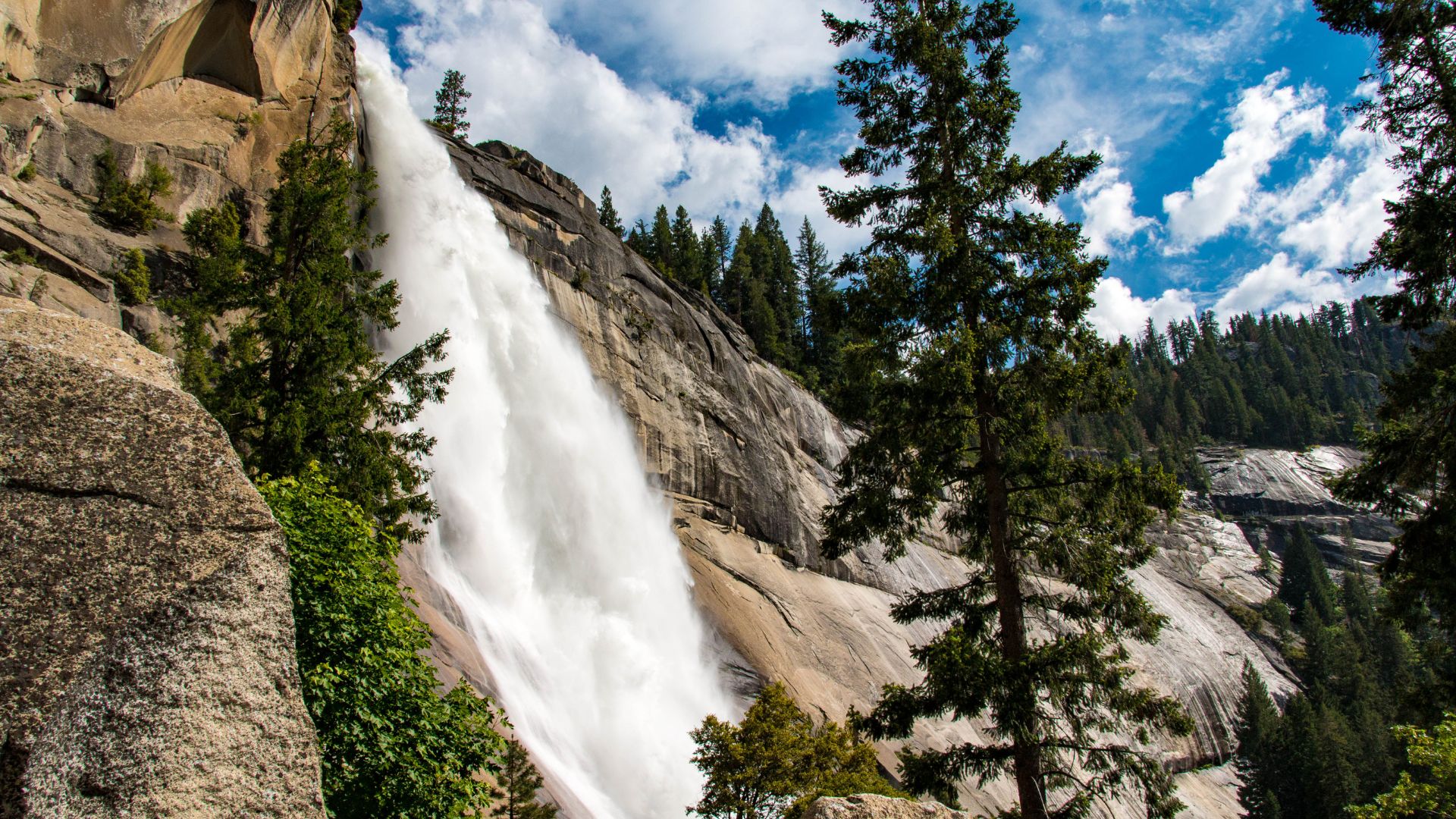
Bridalveil Fall Encounters
Bridalveil Fall is perfect if you want a quick waterfall fix without breaking a sweat. The whole path is paved and wheelchair accessible.
It’s just 0.8 miles round trip, and you barely gain any elevation. You can stand right at the base for photos and feel the spray.
Why it’s great:
- Completely level and paved
- Easy parking and restrooms
- Great for families or a quick stop
- Epic waterfall views with almost no effort
I usually add this trail after a bigger hike, or if I’ve got a little time to kill before sunset.
Off-the-Beaten-Path Escapes and Hidden Treasures
Some of my best Yosemite memories come from the quieter corners. These are the places where you can actually hear birds, spot wildlife, and maybe even have a view all to yourself.
Hetch Hetchy Valley Exploration
Hetch Hetchy Valley feels like a secret. Not many people make the drive, but it’s worth it for the quiet trails and wild scenery.
The Wapama Falls Trail is my go-to here. It’s a 5-mile round trip, starting at O’Shaughnessy Dam and following the reservoir.
In spring, the waterfall crashes down the cliffs—it’s loud and beautiful. I’ve seen black bears, deer, and all kinds of birds along the way.
Trail Details:
- 5 miles round trip
- Moderate difficulty
- Best in April through June
- Limited parking at the dam
The granite domes reflect in the water, especially early in the morning. The light is unreal.
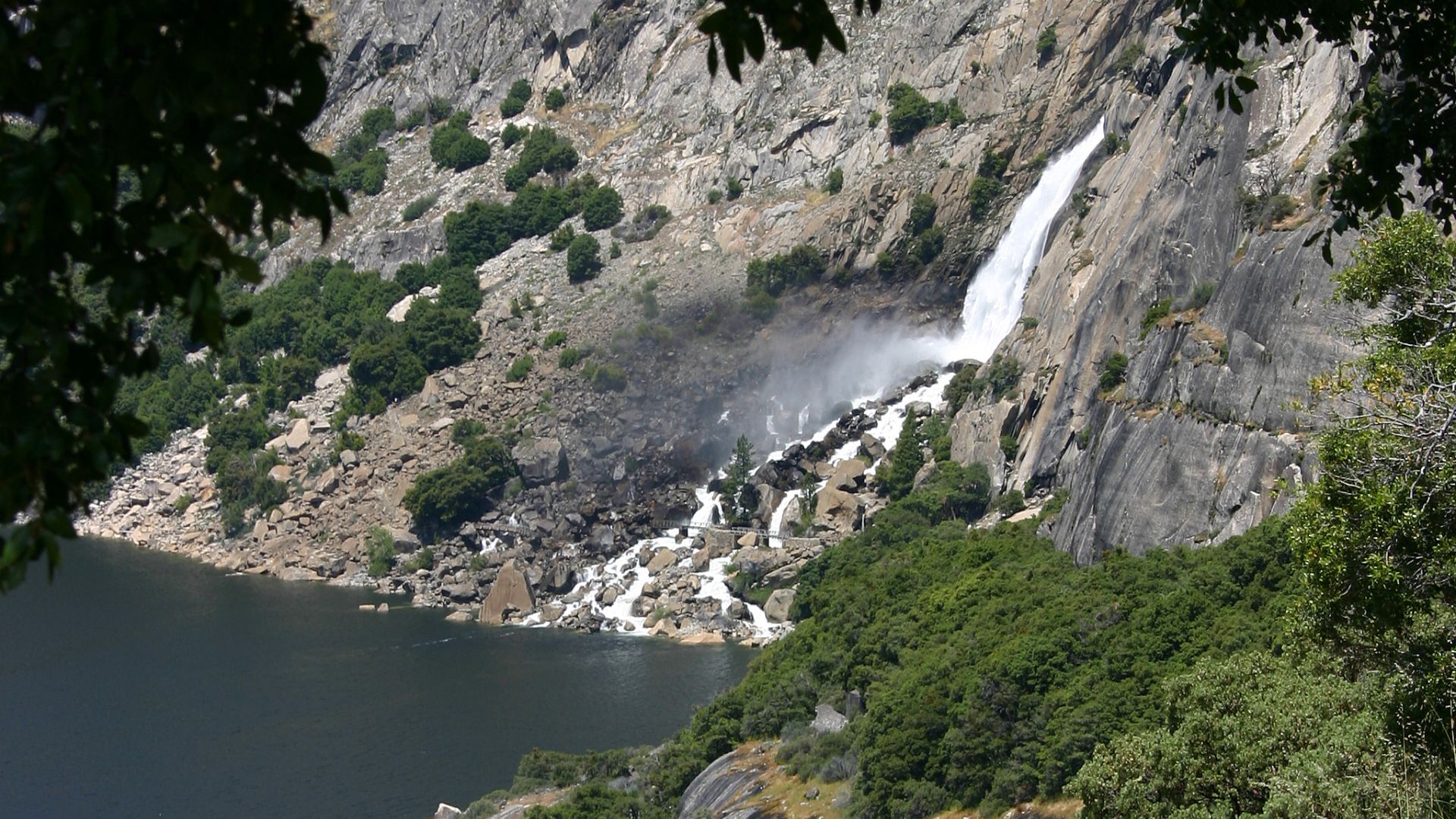
Tuolumne Meadows Serenity
Tuolumne Meadows sits high up—8,600 feet—and feels like a whole different park. The air is crisp, and the space just opens up.
The Cathedral Lakes Trail is a favorite if you want peace and quiet. It’s 7 miles round trip, winding past wildflowers and up to clear blue lakes under granite peaks.
Wildflowers go wild in July and August. The colors are something else.
Wildlife you might spot:
- Marmots lounging on rocks
- Pikas chirping from the slopes
- Clark’s nutcrackers hiding seeds
- Belding’s ground squirrels darting around
Soda Springs is a quirky stop—a spring bubbling with natural carbonation. It’s a short, easy walk and kind of fun.
The road closes in winter, so plan for late May through October.
Mirror Lake Reflections
Mirror Lake is my favorite easy hike for those classic Yosemite reflections. The 2-mile loop is flat and perfect for families.
In spring, the water is high and the reflections are spot on. By late summer, you’re more likely to find a meadow than a lake.
Best times for photos:
- Early morning: Calm water, soft light
- Late afternoon: Golden hour
- Skip midday—too many harsh shadows
You’ll probably see deer, squirrels, and plenty of birds. The quiet makes wildlife easier to spot.
If you’re feeling energetic, keep going toward Tenaya Canyon. It gets quieter the farther you go.
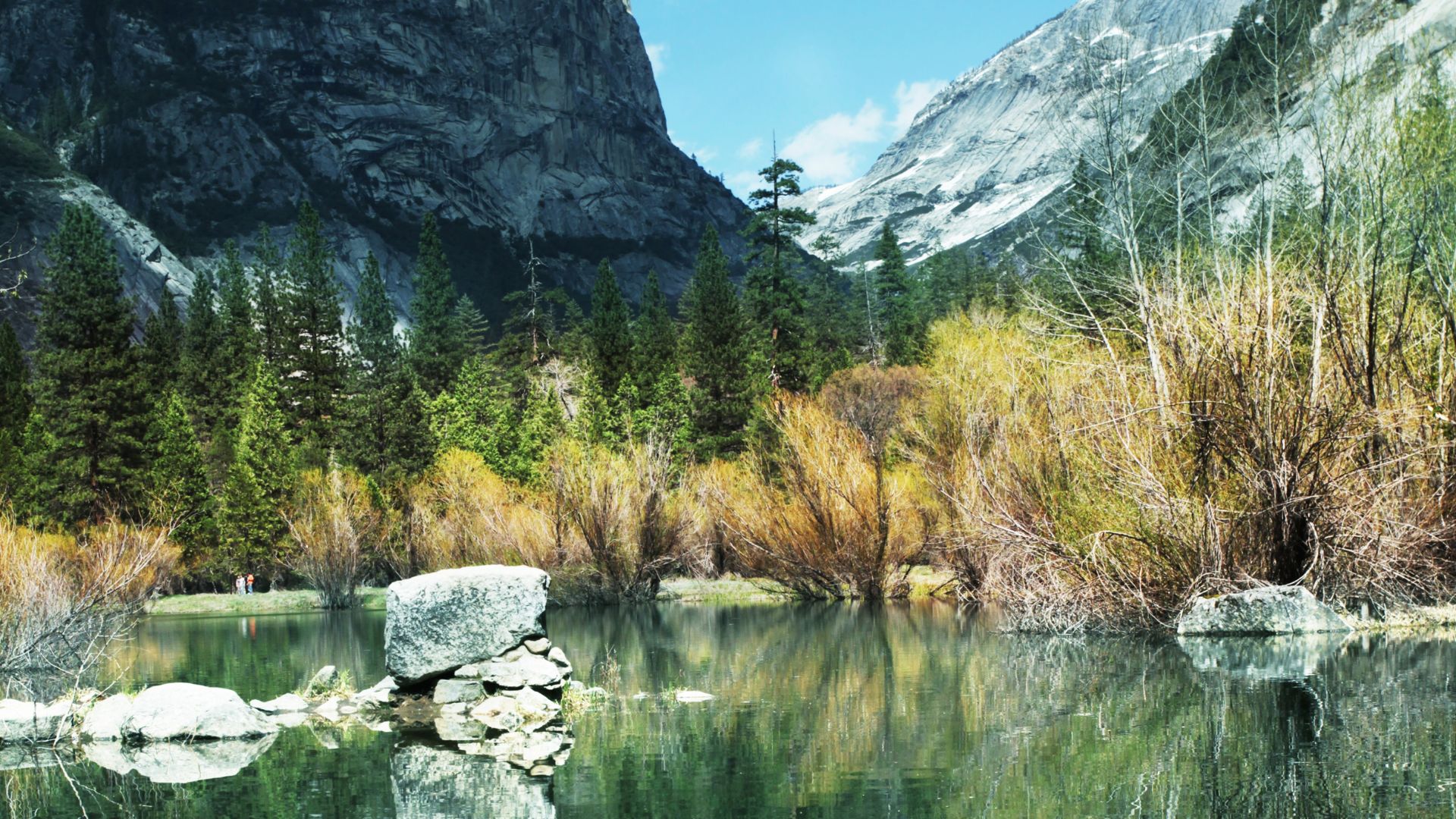
Nature, Wildlife, and Camping Experiences
Yosemite dishes up some of the country’s best nature moments—think ancient sequoias, black bears, mule deer, and endless stars overhead. With 13 campgrounds, you can sleep under the pines and wake up to views you’ll never forget.
Mariposa Grove of Giant Sequoias
If you ask me, seeing the giant sequoias should be at the very top of any Yosemite itinerary. These ancient trees? They’re honestly some of the largest living things you’ll ever lay eyes on.
The Grizzly Giant towers at 209 feet and has been around for over 2,700 years. The first time I stood beneath it, I just stared up, awestruck and a little dizzy from craning my neck.
You’ll find more than 500 mature giant sequoias in this grove. The Grizzly Giant Loop Trail is an easy walk—just 0.8 miles—so it’s perfect if you want to see the highlights without a huge hike.
Best visiting tips:
- Get there early if you want some peace and quiet
- The grove usually opens from May to October
- Comfortable shoes are a must
- Snap photos, but leave the flash off
Don’t skip the California Tunnel Tree—you can actually walk through the tunnel carved right into it. I’d say give yourself at least a couple of hours here; it’s worth slowing down to soak it all in.
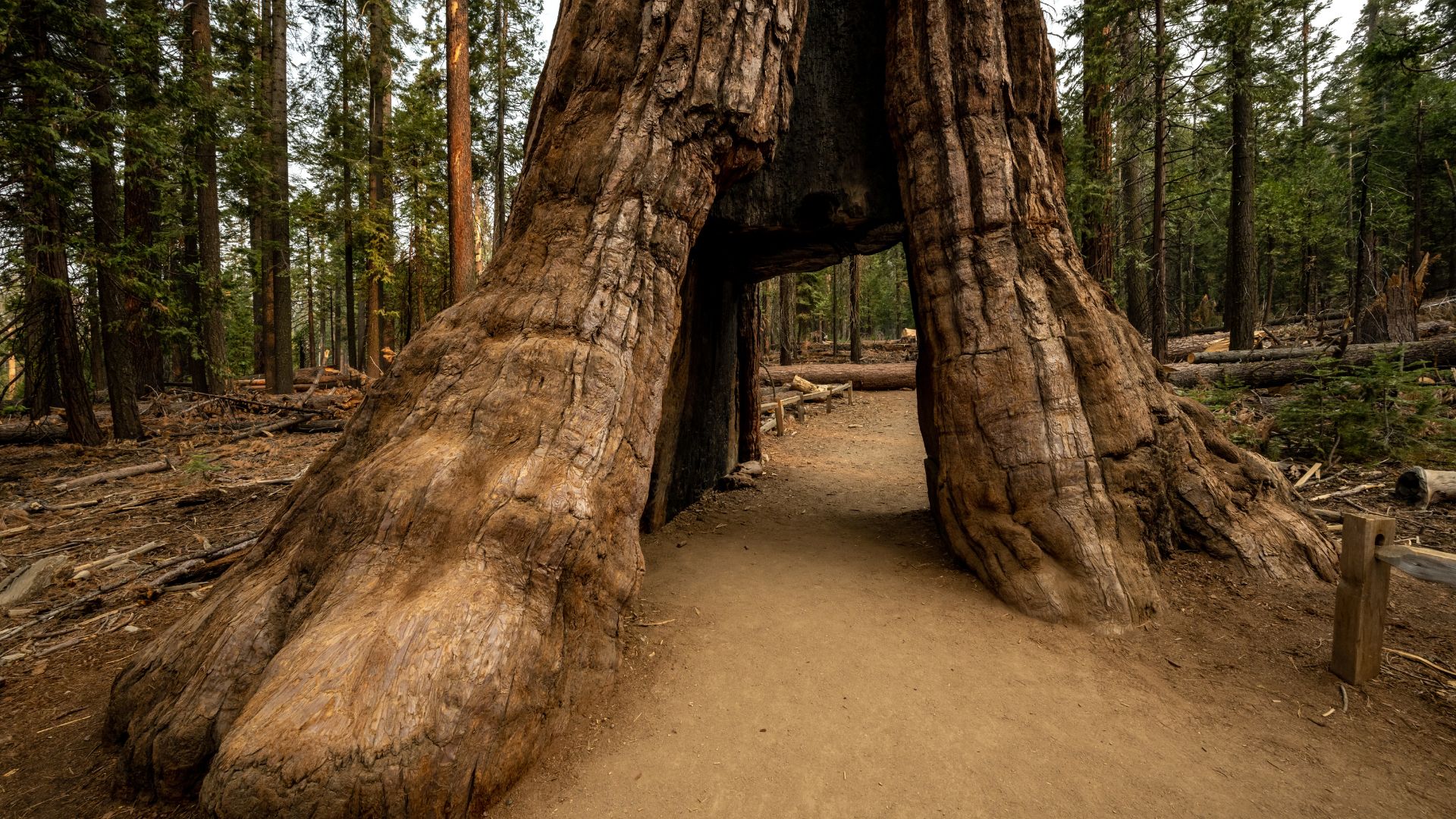
Spotting Yosemite’s Wildlife
Yosemite National Park is a paradise for wildlife lovers. I always keep my eyes peeled because you never know what you’ll spot next.
The park shelters over 90 different mammals and more than 200 bird species. Black bears steal the show, honestly. I’ve seen them wandering around, especially in late summer when they’re foraging. Please, don’t feed them or get too close—it’s just not safe for anyone.
Mule deer seem to pop up everywhere, especially around the valley. They graze right by the roads and campsites like it’s no big deal.
Keep an eye out for:
- Coyotes—they’re active at dawn and dusk
- Bobcats—pretty elusive, but every now and then you’ll get lucky
- Mountain lions—almost mythical, they’re that rare
- Bighorn sheep—these guys stick to the high country
I’ve had the best luck spotting animals early in the morning or late in the day. Binoculars help a ton, and I always try to move quietly for a better chance at a close encounter.
Scenic Campgrounds and Stays
Yosemite’s got 13 campgrounds, and honestly, each one feels a little different. I’ve spent nights at most of them, and the memories really stick with me.
Upper Pines Campground? That’s my go-to in the valley. You wake up, unzip your tent, and bam—mountain views right there. Plus, you can walk to a bunch of trailheads without much hassle.
Bridalveil Creek Campground sits way up at 7,200 feet. It’s noticeably cooler, which feels amazing during those hot summer days. If you’re looking to beat the heat, this spot’s a winner.
| Campground | Elevation | Best Feature |
|---|---|---|
| Upper Pines | 4,000 ft | Valley views |
| Bridalveil Creek | 7,200 ft | Cool weather |
| Wawona | 4,000 ft | Near Mariposa Grove |
A few camping tips I’ve picked up along the way:
- Book your site as early as possible, even a year ahead if you can swing it.
- Use the bear boxes—seriously, don’t risk it with your food.
- Pack layers, because even summer nights can get chilly.
- Always check if any roads are closed before you drive out.
If you can, stay two or three nights. There’s something about those quiet, starry nights and the sounds of the forest that just makes you want to linger. Yosemite camping has a way of getting under your skin—in a good way.

